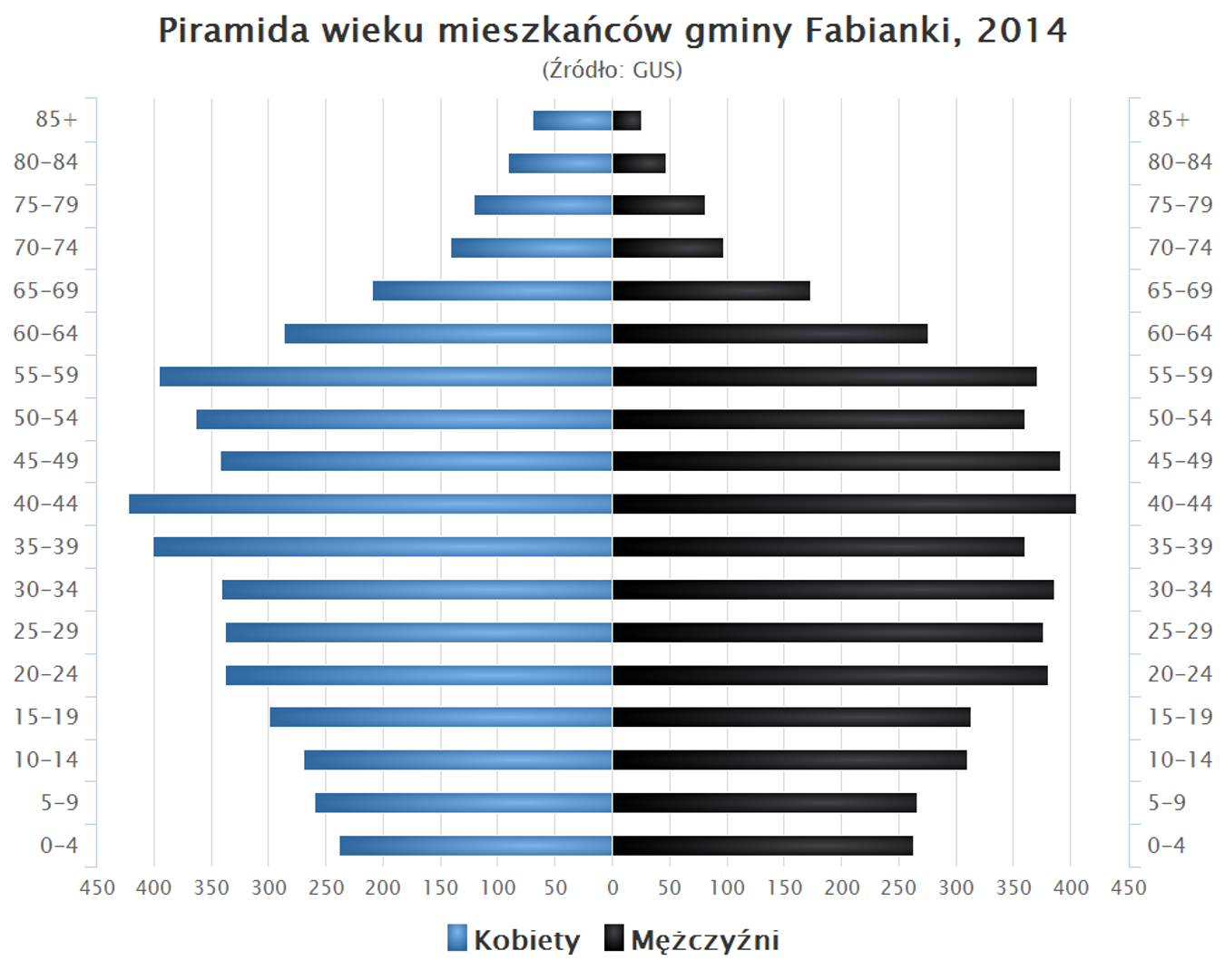Fabianki
6.22

Overview
The municipality of Fabianki, located in the Kuyavian-Pomeranian Voivodeship within Włocławek County, is an interesting example of a rural municipality with an exclave-like position. It does not share a land border with the rest of the county, instead bordering municipalities of Lipno County to the north and the city of Włocławek to the south. The municipality is distinguished by the village of Lisek, which is an exclave of an exclave—part of Fabianki Municipality yet entirely surrounded by villages belonging to other municipalities. The municipality consists of 16 village districts (sołectwa) and had a population of 10,107 in 2019.
In terms of architecture, the municipality boasts a variety of historical monuments, such as the Neo-Gothic parish church in Chełmica Duża, built between 1906 and 1917, and manor complexes, including the late 19th-century manor in Fabianki surrounded by a park and other farm buildings. In Nasiegniewo, there is a wooden manor dating from the 18th–19th centuries, and in Szpetal Górny, a church complex with a church constructed between 1808 and 1809, reflecting the region's rich architectural history.
Beyond its architectural value, Fabianki Municipality also has its place in history, marked by administrative changes such as the exclusion of the village of Rachcin. The municipality was part of Szpetal Górny Municipality until 1979, when it was reorganized. A geographical curiosity is the village of Lisek, which, as an exclave, is surrounded by other municipalities—a rare feature in Poland's administrative system.
The municipality covers an area of 76.1 km², with agricultural land dominating, accounting for 69% of the total area, which reinforces its rural character. Fabianki attracts residents with both its historical buildings and its tranquil, rural lifestyle, set against a natural landscape. It is also worth noting that the municipality is characterized by demographic diversity and a varied age structure among its inhabitants, making it a place where tradition blends with modernity.
Location
You can also find here:
2025 Wizytor | All Rights Reserved
